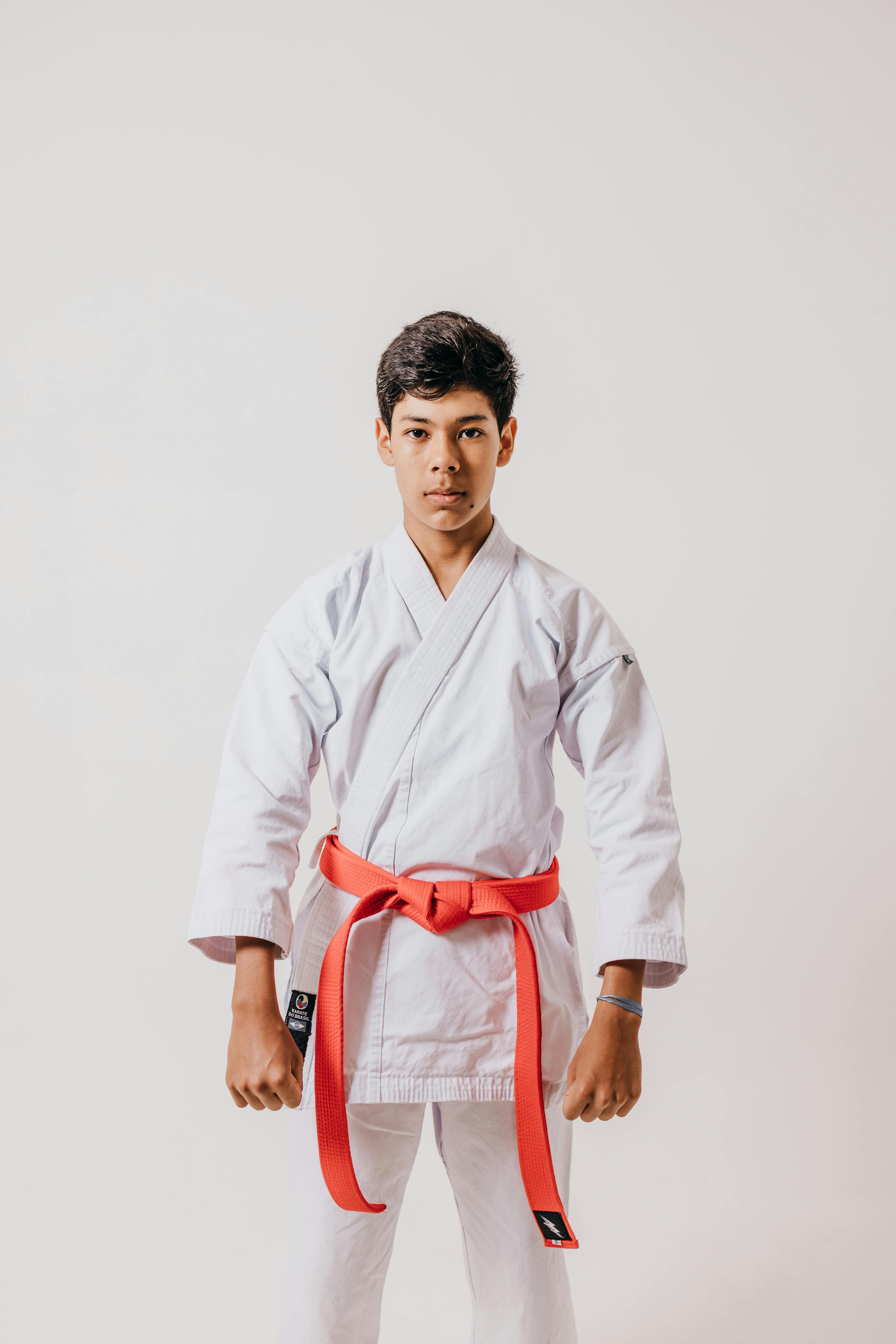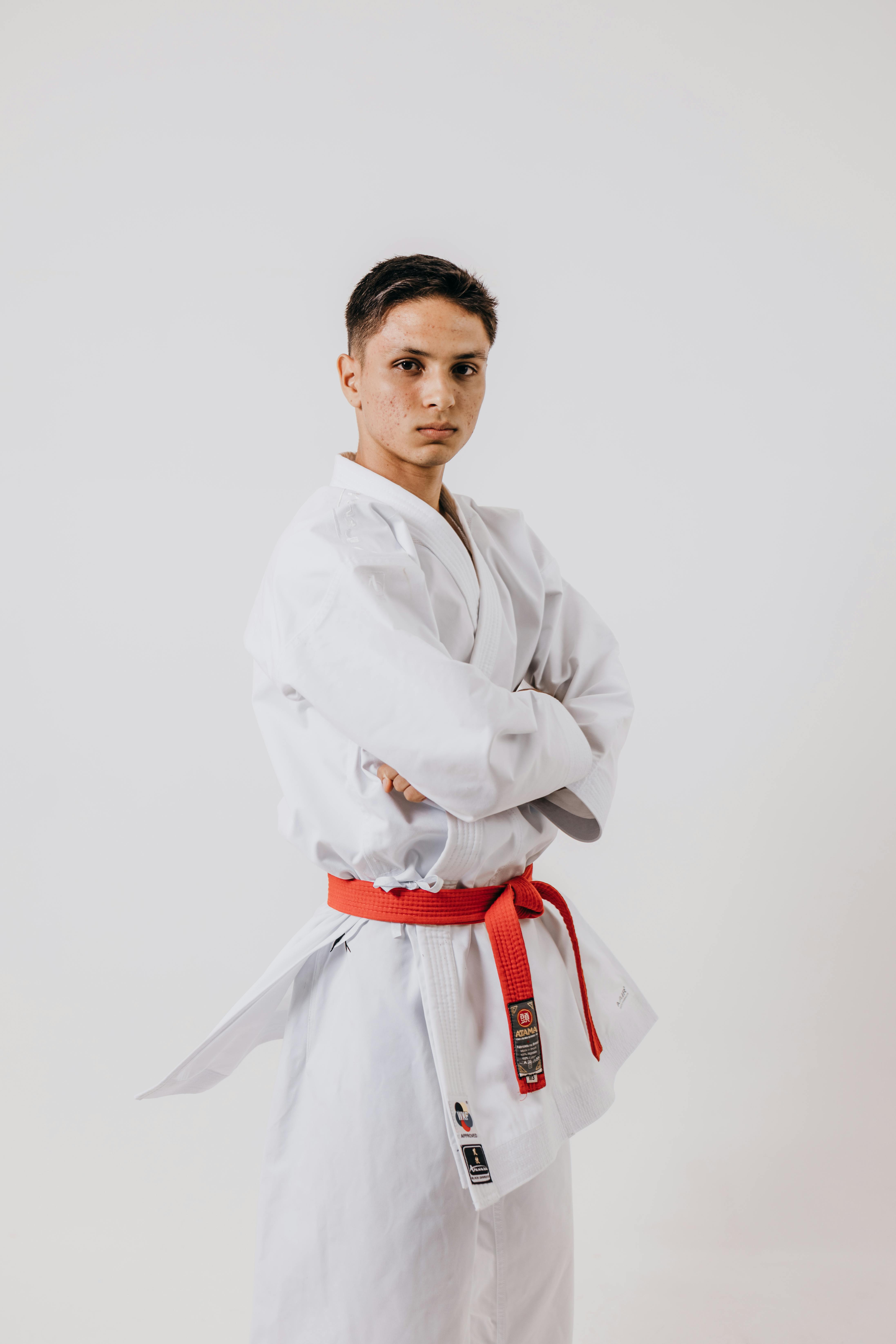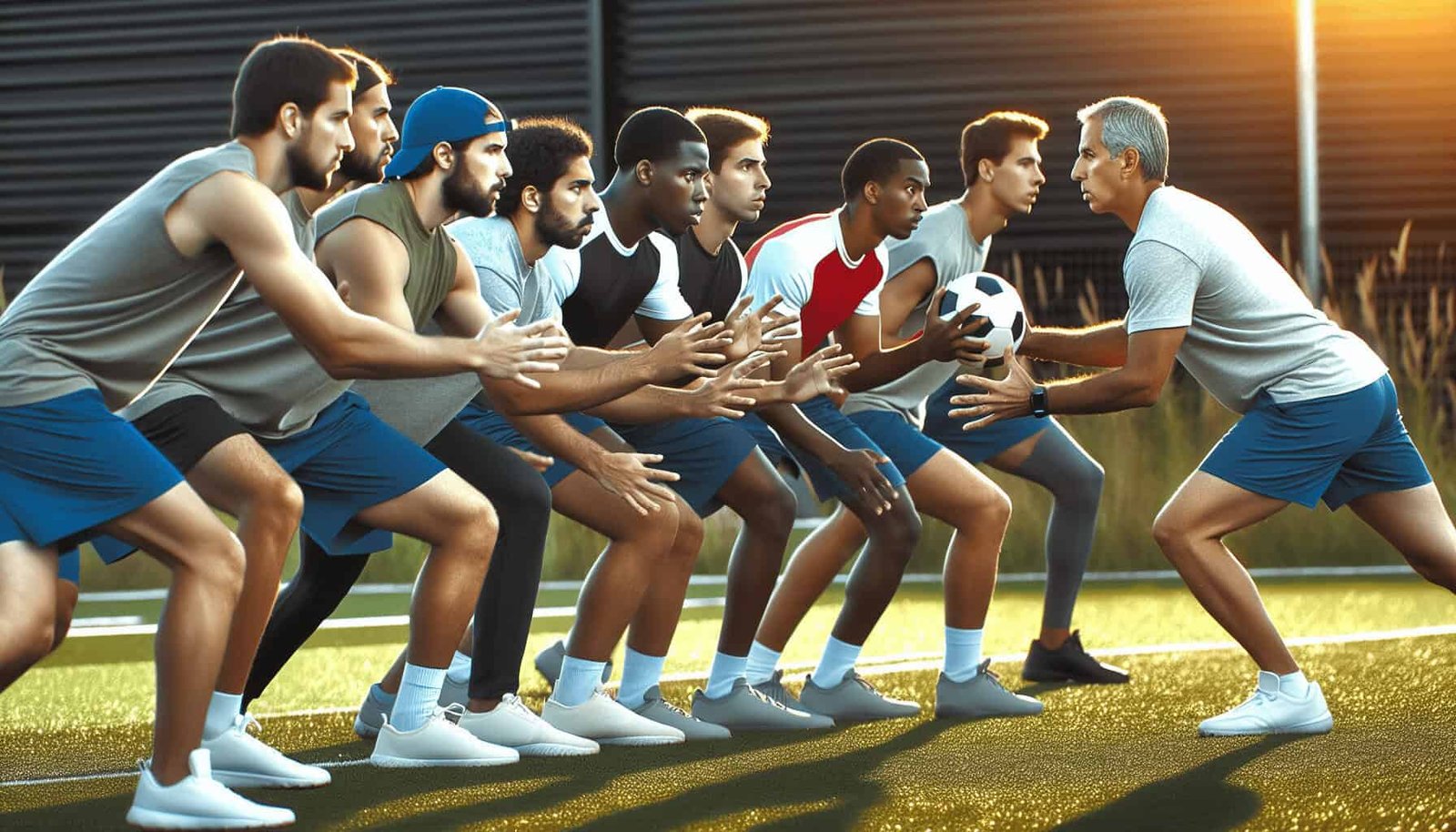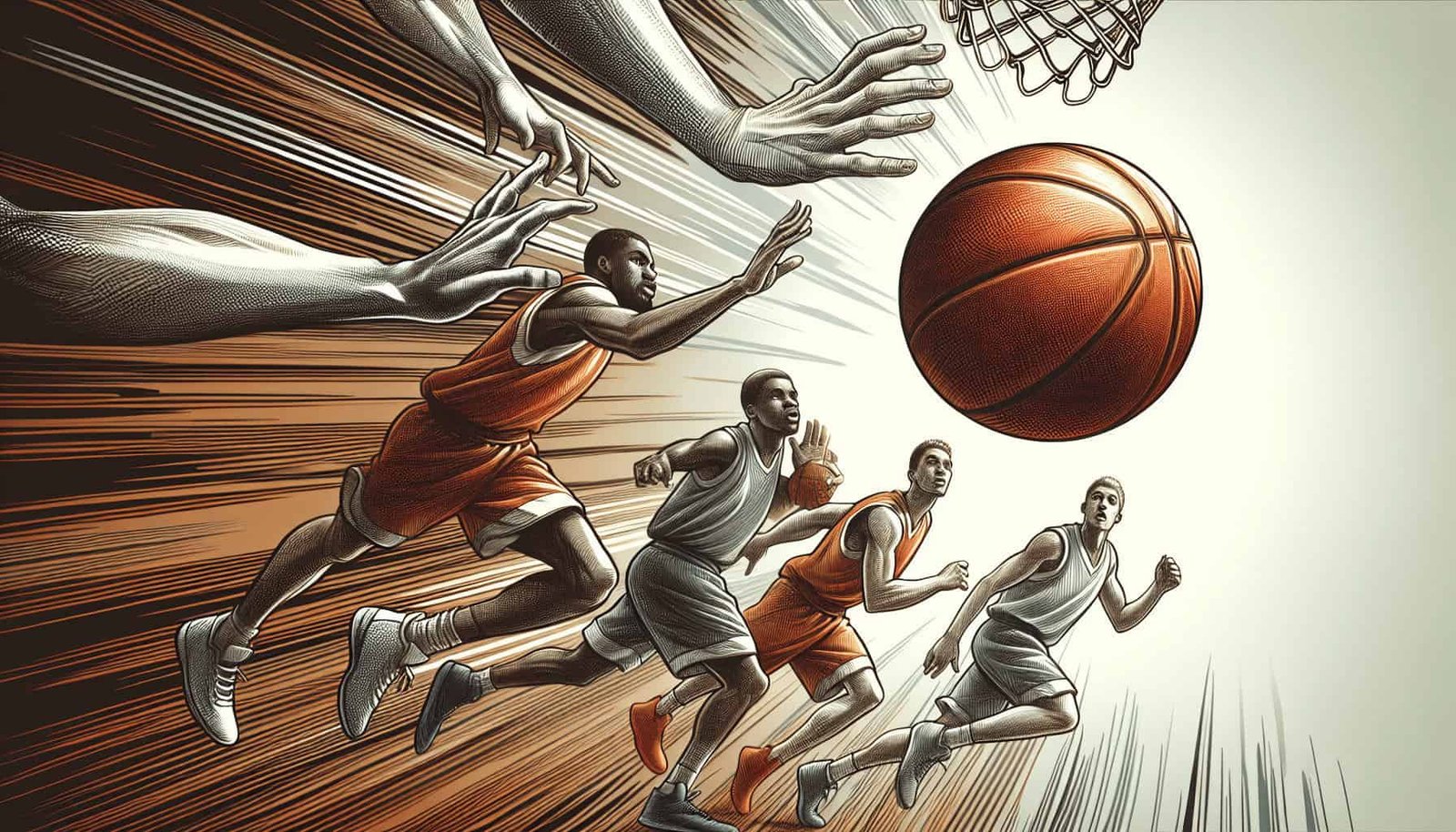If you’re looking to boost your team’s performance and foster a stronger sense of unity on the field, then you’ve come to the right place. In this article, we will explore the world of passing drills and how they can significantly contribute to enhancing teamwork among players. By focusing on honing their passing skills and communication, your team will be able to develop a seamless coordination that will undoubtedly translate into a more successful and harmonious play. So, whether you’re a coach, a player, or simply a passionate fan, get ready to discover some valuable passing drills that will take your team’s performance to new heights. Passing drills are an essential component of basketball training that can greatly enhance teamwork and overall performance on the court. By focusing on communication, trust building, decision making, timing and coordination, handling pressure situations, individual skills, specific roles, and progressing through various levels of difficulty, passing drills offer a comprehensive approach to improving team dynamics. In this article, we will explore the purpose of passing drills and provide a detailed breakdown of drills in each category to help you enhance your team’s performance.
Purpose of Passing Drills
1. Improve Communication
Effective communication is crucial for any successful basketball team. Passing drills can greatly improve communication skills among teammates. By engaging in drills that require constant communication, such as calling for the ball, signaling for specific passes, or communicating during fast-paced situations, players learn to effectively convey their intentions to their teammates. Improved communication ensures that players are on the same page, resulting in better ball movement and overall team coordination.
2. Develop Trust
Trust is the foundation of any strong team. Passing drills provide an excellent opportunity for players to develop trust in their teammates’ abilities. Through various trust-building drills, players learn to rely on each other’s skills and make split-second decisions with confidence. Engaging in such drills fosters a sense of unity and cohesion among teammates, strengthening the overall bond within the team.
3. Enhance Decision Making
Basketball is a fast-paced game that requires players to make quick decisions under pressure. Passing drills can help players enhance their decision-making skills by placing them in scenarios where they need to make accurate judgments about when, where, and how to pass the ball. These drills simulate game-like situations and encourage players to think critically, analyze the court, and make intelligent choices. By honing their decision-making abilities through passing drills, players become adept at reading the game and making effective passes during live gameplay.
Drills for Communication
1. Three-Person Weave
The three-person weave drill is an excellent drill for promoting communication among teammates. In this drill, three players start on one sideline, with one player positioned in the middle and the other two positioned on the right and left sides. The player in the middle initiates the drill by passing to one of the players on the sideline and then crisscrossing behind them. The ball is then passed back to the middle player, who passes it to the opposite sideline, creating a weaving motion. This drill requires constant communication between players to execute seamless passes and maintain the rhythm.
2. Triangle Passing Drill
The triangle passing drill involves three players forming a triangle shape on the court. The players pass the ball to each other in a triangular pattern, with each player passing to the player on their right or left. This drill emphasizes communication as players must call out for the ball and coordinate their movements to maintain the triangular shape. By focusing on communication and quick decision making, this drill enhances passing accuracy and develops a strong sense of teamwork.
3. Passing Relay
Passing relay drills are a fun and effective way to improve communication skills. Divide the team into two or more groups and line them up in a straight line. The first player in each line holds a ball. On the coach’s signal, the first player passes the ball to the next player in line, who then passes it to the next player, and so on. The last player in each line runs to the front with the ball and starts the passing relay again. This drill requires clear communication to ensure smooth transitions and efficient passing between teammates.

Drills for Trust Building
1. Blindfolded Passing
Blindfolded passing drills challenge players to rely solely on their communication and trust in their teammates. Divide players into pairs and blindfold one player in each pair. The blindfolded player must trust their partner’s instructions and pass the ball accordingly. This drill not only enhances trust but also strengthens communication skills and encourages players to rely on each other’s guidance.
2. Mirror Passing
Mirror passing drills focus on developing trust and synchronization among players. Pair up players and stand facing each other. One player initiates movements with the ball, and the other player mirrors their actions, passing the ball back and forth. This drill requires trust in anticipating each other’s movements and responding accordingly. Through mirror passing, players develop a strong connection and improve their ability to read and react to their teammates’ actions.
3. Cross-Court Connection
Cross-court connection drills emphasize trust and communication between players on opposite sides of the court. Divide the team into two groups, with one group positioned on each sideline. Players must pass the ball diagonally across the court to their counterparts on the opposite side. This drill challenges players to trust their passing skills and rely on their teammates’ ability to receive the pass accurately. It also encourages constant communication between players to ensure successful cross-court passes.
Drills for Decision Making
1. Reaction Passing Drill
The reaction passing drill is designed to improve decision-making skills under pressure. Set up cones or markers in a straight line, approximately two to three feet apart. Two players start at one end, one with the ball and the other without. Without any predefined pattern, the player with the ball passes it to the other player, who must react quickly by catching the ball and passing it back using various techniques like bounce passes, overhead passes, or no-look passes. This drill challenges players to make instant decisions based on their teammate’s pass, replicating real-game scenarios.
2. Pass-and-Cut Drill
The pass-and-cut drill focuses on decision making and enhances offensive movement. Three players are involved in this drill: one passer, one cutter, and one defender. The passer initiates the drill by passing the ball to the cutter and then immediately cuts towards the basket. The cutter must read the defense and decide whether to pass back to the passer, drive to the basket, or make an alternative pass based on the defender’s positioning. This drill emphasizes quick decision making and encourages players to effectively communicate and act on their teammate’s movements.
3. Circle Passing
Circle passing drills enhance decision making by incorporating constant movement and fast decision making. Form a circle with the team, with one player in the middle and the remaining players evenly spaced around the circle. The ball is passed from one player to another, with players continuously moving around the circle. Players must make quick decisions on when and where to pass, identifying open teammates and ensuring accurate passes. This drill simulates game situations where players must make decisions on the fly, improving their overall decision-making skills.

Drills for Timing and Coordination
1. Continuous Passing
Continuous passing drills focus on improving timing and coordination among teammates. In this drill, players stand in a straight line facing each other. The player at one end starts with the ball and passes it to the player at the opposite end. Once they pass the ball, they sprint to the opposite end of the line and repeat the process. This drill requires players to time their movements, anticipate passes, and maintain continuous movement. It enhances coordination, agility, and the ability to connect passes in a fast-paced environment.
2. Cutting and Passing Drill
The cutting and passing drill is designed to improve timing, coordination, and offensive movement. Set up cones or markers to simulate defenders on the court. The drill starts with one player passing the ball to another player who begins to cut towards the basket. The passer must time the pass accurately, leading the cutter to create scoring opportunities. This drill enhances the understanding of timing between passer and cutter, improves coordination during offensive plays, and promotes seamless passes in high-pressure situations.
3. Swing Passing
Swing passing drills emphasize ball movement and coordination among teammates. Players form two lines on opposite sides of the court. The ball starts with one player at one end, who passes it diagonally to the player at the opposite end. The passing continues back and forth, resembling a swinging motion across the court. This drill requires players to anticipate passes, maintain proper spacing, and execute accurate swings. It enhances overall timing and coordination while promoting effective ball movement.
Drills for Pressure Situations
1. Passing Under Defensive Pressure
Passing under defensive pressure drills simulate real-game scenarios where players need to make accurate passes while facing defensive pressure. Set up defenders around the court, and have two offensive players attempt to pass the ball effectively without turning it over. Focus on passing techniques like bounce passes or using the dribble to create passing angles. This drill enhances passing accuracy and decision making under pressure, preparing players to handle defensive challenges during a game.
2. Double Team Passing Drill
The double team passing drill helps players improve their passing skills when facing a double team situation. Set up two defenders who attempt to trap the ball handler, creating a double team. The offensive player must find an open teammate and pass the ball before the defense can create a turnover. This drill challenges players to recognize open passing lanes, make quick decisions, and execute accurate passes while under intense pressure. It enhances passing skills, decision making, and helps players develop poise in double team situations.
3. Passing in Transition
Passing in transition drills focus on improving passing accuracy and decision making while transitioning from defense to offense or offense to defense. Set up a 3-on-2 or 2-on-1 scenario, where players have to quickly transition and execute fast breaks. Players must make quick decisions on whether to pass or drive to the basket, reading the defense and making accurate passes in high-pressure situations. This drill enhances passing skills under fast-paced game conditions and improves player’s ability to make split-second decisions.

Drills for Individual Skills
1. Two-Ball Pass and Catch
The two-ball pass and catch drill is an excellent way to improve hand-eye coordination, ambidexterity, and passing accuracy. Stand facing a wall or have a partner stand a few feet away. With one ball in each hand, simultaneously pass both balls against the wall or to your partner. Focus on maintaining a consistent release point and achieving accuracy with both hands. This drill enhances individual passing ability, ensuring players become proficient with both their dominant and non-dominant hand.
2. One-Handed Passing
One-handed passing drills concentrate on improving accuracy and power when passing with one hand. Start with a basic chest pass, focusing on extending the arm fully and snapping the wrist to generate power. Progress to one-handed overhead passes and bounce passes. Practice passing off the dribble and from different angles to simulate game situations. This drill enhances players’ ability to make accurate one-handed passes in various scenarios, such as during dribble drives or while being closely guarded.
3. Off-Balance Passing
Off-balance passing drills focus on improving passing accuracy and decision making when players are in awkward positions. Set up cones or markers to simulate defenders or obstacles, forcing players to make accurate passes while off-balance or in non-ideal positions. This drill enhances adaptability and the ability to make difficult passes under challenging circumstances, improving overall passing skills and building confidence in adverse situations.
Drills for Specific Roles
1. Point Guard Passing Drills
Point guard passing drills concentrate on developing the passing skills necessary for effective floor generalship. Emphasize drills that improve court vision, passing accuracy, and decision making. Drills like pick-and-roll passing or timing-driven plays enhance their skills in managing game situations while making accurate and timely passes. These drills help point guards develop the necessary passing skills to effectively lead the team and orchestrate the offense.
2. Post Player Passing Drills
Post player passing drills focus on improving the passing skills necessary to operate effectively in the low post. These drills emphasize passing out of double teams, recognizing open teammates, and making accurate kick-out passes or interior passes. Techniques for passing over defenders or using angle passes can also be practiced. These drills enhance post players’ abilities to read defenses, make intelligent decisions, and ensure accurate passes while operating in the low post.
3. Wing Player Passing Drills
Wing player passing drills focus on improving passing skills from the perimeter and enhancing overall court awareness. Emphasize improving passing accuracy, using skip passes, executing entry passes, and making quick decisions in fast-paced situations. Drills that emphasize passing off the dribble or reading defensive rotations can also be incorporated. These drills help wing players develop a complete passing skill set, allowing them to effectively contribute to team offense and create scoring opportunities for themselves and teammates.

Progression and Variation
1. Increasing Difficulty
To challenge your team and ensure continuous progress, gradually increase the difficulty of passing drills over time. This can be done by adding more defenders, increasing the passing distance, or incorporating additional skills like dribbling or shooting into the drills. By gradually increasing the difficulty, players can constantly push their limits, improving their passing skills, decision-making abilities, and overall performance in game situations.
2. Adding Dribbles Before Pass
To simulate real-game scenarios, incorporate dribbling before passes in drills. This variation helps players develop the ability to recognize when dribbling is necessary to create passing angles or beat defenders. By adding dribbles before passes, players enhance their overall court vision, decision-making skills, and passing accuracy in dynamic situations.
3. Incorporating Scoring
To make passing drills more engaging and game-like, incorporate scoring opportunities. For example, players can earn points for accurate passes or successful assists. This variation encourages players to make purposeful passes that lead to scoring opportunities, promoting overall team collaboration and offensive effectiveness. By incorporating scoring into passing drills, players develop a competitive edge while improving their passing skills and decision-making abilities.
Importance of Repetition
1. Consistency and Muscle Memory
Repetition is paramount to mastering passing skills. Consistently practicing passing drills helps players develop muscle memory, allowing them to execute accurate and instinctive passes during game situations. Through repetition, players become comfortable with various passing techniques and develop the muscle memory necessary to perform under pressure.
2. Improving Execution Speed
Repetition leads to improved execution speed. By consistently practicing passing drills, players become more efficient and precise in their passing movements. As passing becomes second nature, players can make quicker decisions and execute passes with enhanced speed and accuracy. Improved execution speed allows for faster ball movement and more efficient offensive plays.
3. Building Confidence
Repeating passing drills builds confidence in players’ abilities. As they become more proficient in executing various passing techniques, players develop a sense of confidence in their skills. This confidence translates to better decision making and overall performance on the court. With each successful repetition, players become more self-assured in their passing abilities, resulting in improved team dynamics and greater success in game situations.
Passing drills offer an array of benefits that greatly enhance teamwork and overall performance in basketball. By focusing on communication, trust building, decision making, timing and coordination, handling pressure situations, individual skills, specific roles, progression, and repetition, teams can improve their passing abilities and foster a stronger sense of unity on the court. Implement these passing drills into your training regimen to enhance teamwork, develop fundamental skills, and take your team’s performance to new heights. With consistent practice and a focus on teamwork, you will witness the transformative impact of passing drills on your team dynamics and success on the basketball court.

